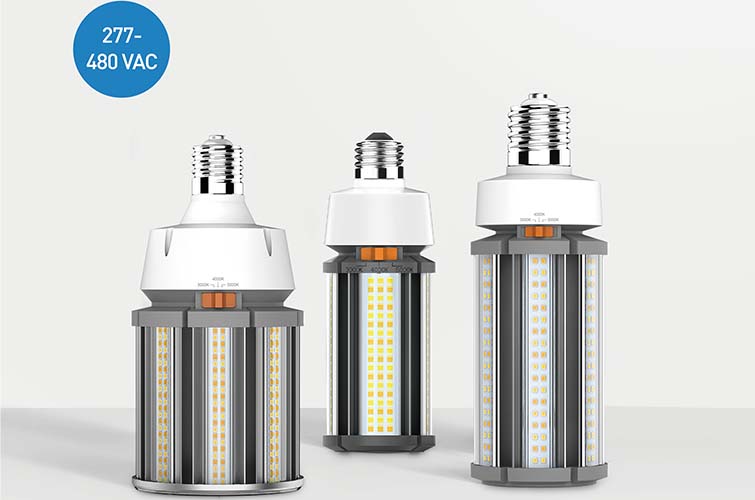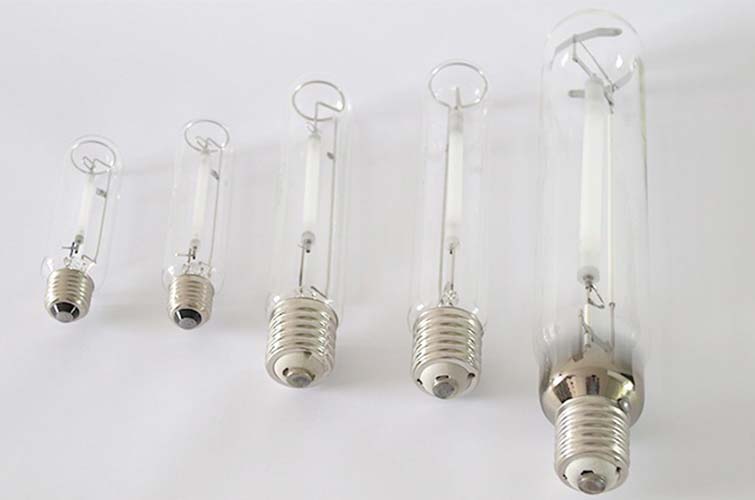
With the continuous advancement of technology and the enhancement of environmental awareness, LED (Light Emitting Diode, light-emitting diode) lighting technology has gradually replaced traditional HID (High-Intensity Discharge,
high-intensity discharge) lamps and become the mainstream choice in the field of modern lighting.
This article will explore the benefits of replacing LED lights with HIDs and highlight the environmental, economic and user experience positive impacts of this transition.

1. Energy saving and high efficiency
HID lights are a traditional lighting option and are commonly found in street lights, parking lot lights, and industrial applications. However, they are relatively inefficient and a large amount of electrical energy is wasted in heat generation.
In contrast, LED lights excel in power conversion efficiency because they convert more electrical energy into visible light and less energy is dissipated as heat. By replacing HID lamps with LED lamps, energy savings of up to 50% or more can be achieved,
thereby reducing energy consumption and carbon emissions, and contributing to environmental protection.

2. Longer life and lower maintenance cost
The life of LED lights is usually longer than that of HID lights, up to tens of thousands of hours, or even longer. This means that places using LED lights will reduce the frequency of replacing lamps, saving manpower and maintenance costs.
For large-scale urban street light replacement projects or enterprise lighting system upgrades, in the long run, switching to LED lights will significantly reduce operating costs and improve the efficiency of facility management.
3. Better light quality and light control
LED luminaires generally provide more accurate, even and comfortable lighting without harsh flicker or halos. Moreover, LED lights can intelligently adjust brightness and direction through light control technology to meet the needs of different scenarios.
In urban lighting, this means roads and pedestrian routes can be better illuminated, improving traffic safety at night; in indoor lighting, this means creating a more comfortable working and living environment for employees and residents.
4. Mercury-free, UV-free
HID lamps often contain harmful substances such as mercury, so disposal of waste HID lamps requires special attention and cost. The LED lamp is mercury-free, harmless to the environment, and does not produce ultraviolet rays,
which is more friendly to human health. This environmental protection feature is also one of the important reasons why society is gradually turning to LED lighting.
in conclusion:
HID replacement of LED lights is an irreversible lighting trend. By adopting LED lights, we can achieve energy saving, reduce carbon emissions, reduce operating costs, and provide a better lighting experience at the same time.
It is a big step towards our sustainable development goals and a great contribution to creating a better future. Therefore, the government, enterprises and individuals should encourage and support the popularization and promotion of LED lights,
and jointly build an environmentally friendly and efficient lighting environment.